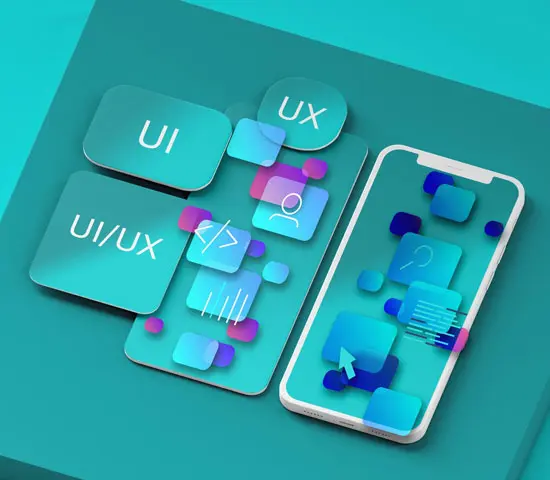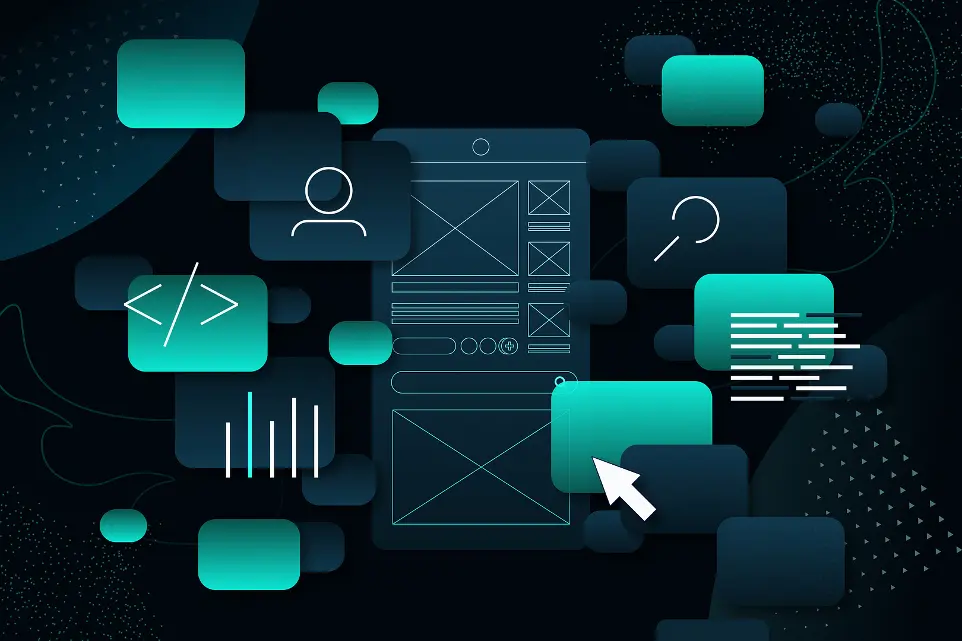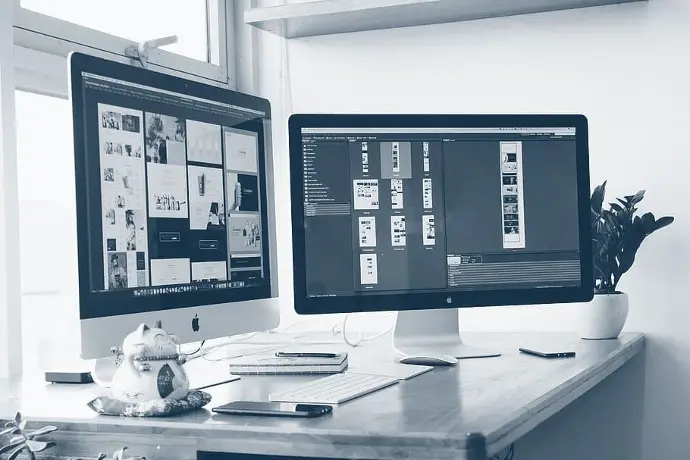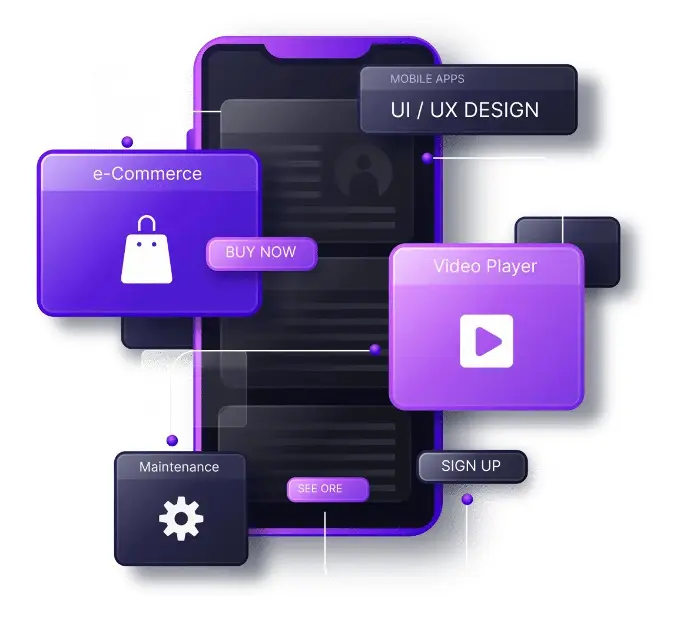Leading UI/UX Design Services in UAE
Crafting Exceptional Experiences with Leading UI/UX Design Solutions.
At Techwaresoft, we understand that a well-designed interface is crucial for business success in today's digital landscape. As a premier UI/UX Design Agency based in the UAE, we specialize in creating user-centric designs that are not only visually appealing but also enhance the overall user experience. Our UI-UX Design Services focus on building seamless and engaging digital experiences that drive user satisfaction and business growth.

Customized UI/UX Design Solutions
At Techwaresoft, we offer customized UI/UX Designs that reflect your brand identity and cater to your audience. Whether you're launching a new product or redesigning an existing website or app, our expert designers will ensure that your digital platforms are intuitive, engaging, and aligned with your business goals.

Responsive Web Design
Our Responsive Web Design solutions ensure that your website offers a seamless user experience across all devices, adapting effortlessly to different screen sizes and resolutions.
Mobile App UI/UX Design
With the growing demand for mobile apps, our design team creates intuitive and engaging interfaces that optimize the mobile user experience.
Usability Testing & Feedback
We conduct thorough usability testing to gather real user feedback, ensuring that your digital product performs optimally and meets user expectations.
Website Design
As a leading web design company in Dubai, we deliver exceptional website design services focused on enhancing user experience and ensuring your brand stands out globally.
Why Choose Us for Your UI/UX Needs?
As a trusted UI/UX Design Agency in Dubai, Techwaresoft is committed to creating impactful designs that resonate with users and elevate your digital presence. Our team of UI/UX Designers is dedicated to delivering designs that are not only functional but also visually engaging.
Industry Expertise
With years of experience as a leading Web Design Company, we have successfully worked with clients from various industries, delivering designs that cater to their unique business needs.


User-Centered Design Approach
At Techwaresoft, we take a user-centered approach, ensuring that every design decision is driven by research and user feedback to create meaningful experiences.
Full-Service Design Company
As a full-service Design Company, we offer end-to-end design solutions, from initial concept and wireframing to final development and testing, ensuring a seamless process from start to finish.


Strategic Collaboration
We work closely with your team to understand your business goals and audience, creating designs that align with your vision and enhance user interaction.
User-Centered Design Solutions
We put your users at the heart of every design. By focusing on how users interact with your website or app, we ensure that the final product is not only visually appealing but also functional and intuitive.
Enhanced User Engagement
Our design solutions are aimed at improving user engagement, whether it's through better navigation, faster loading times, or more interactive features.
Professional Web Design
As a premier web design company in Dubai, we provide innovative design solutions that blend local market insights with global standards, serving businesses across the UAE.
Let's Design Something Great Together
Are you ready to elevate your digital presence? Techwaresoft’s UI/UX Design Services offer the perfect blend of creativity, functionality, and strategy. Whether you’re looking for Website Design Services in Dubai, responsive web design, or custom app design, our team of UI/UX Designers is here to help. Let us transform your ideas into reality and create designs that captivate and convert.


